Types of tent fabric: what to look for in a shelter
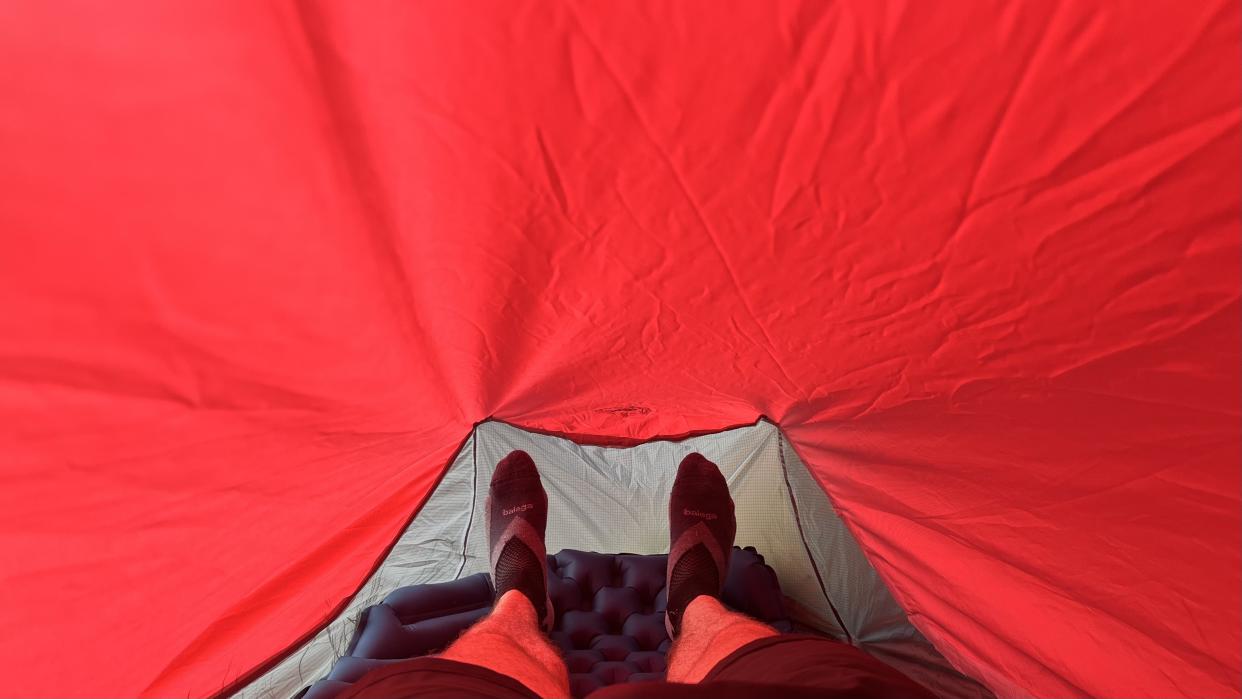
The fabric your tent is made out of is one of the most important factors to consider when purchasing a new shelter. But with so many types on the market – and so little guidance regarding the differences between the various options – it’s not always easy to know what to go for and why.
To add some clarity to this situation, let’s take a look at each fabric in turn, and uncover the specific advantages and disadvantages of each – so you know which to go for depending on the type of camping you do.
Meet the expert
Types of tent fabric: pros & cons
Polyester
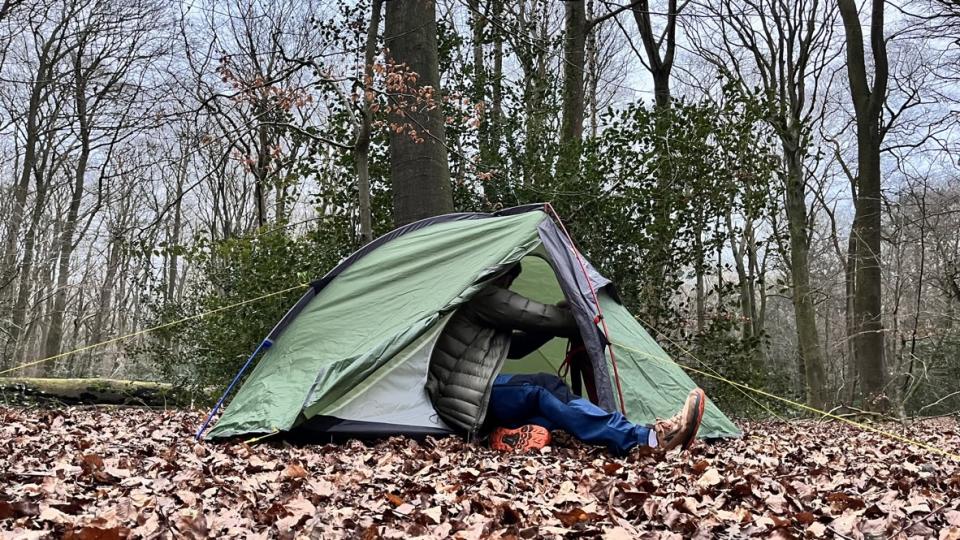
The first fabric you need to be aware is the most ubiquitous one: polyester. This fabric is used in numerous styles of backpacking and family tents, used on everything from the ever-popular Vango Banshee and the Robens Starlight through to the Wild Country Helm 1 Compact and The North Face’s flagship basecamp tent for high altitude mountaineering, the Summit Series 2 Metre Dome Tent.
It’s used on both cheaper and more expensive lines alike, and it offers numerous advantages over the alternatives, as well as a couple of drawbacks.
Advantages of polyester
The first reason you might opt for a tent with a polyester fly is because of cost. They tend to be cheaper and more readily available than those made out of nylon, Dyneema Composite Fabric or polycotton, but don’t think that makes them lower quality. Polyester flysheets are waterproof and durable and – depending on the thickness of the material (known as the denier) – are highly packable.
What’s more, polyester doesn’t absorb water in the same way other materials do. This means that polyester tents don’t become heavier when camping in the rain, nor does the flysheet sag through the night, as can be the case with other materials, such as silnylon.
Drawbacks of polyester
On the whole, however, polyester flysheets are slightly heavier and less packable than silnylon flysheets or tents made out of Dyneema Composite Fabric. This means the material is less suitable for ultra-lightweight lines or for tents where weight and packability are paramount – more so than price.
Nylon
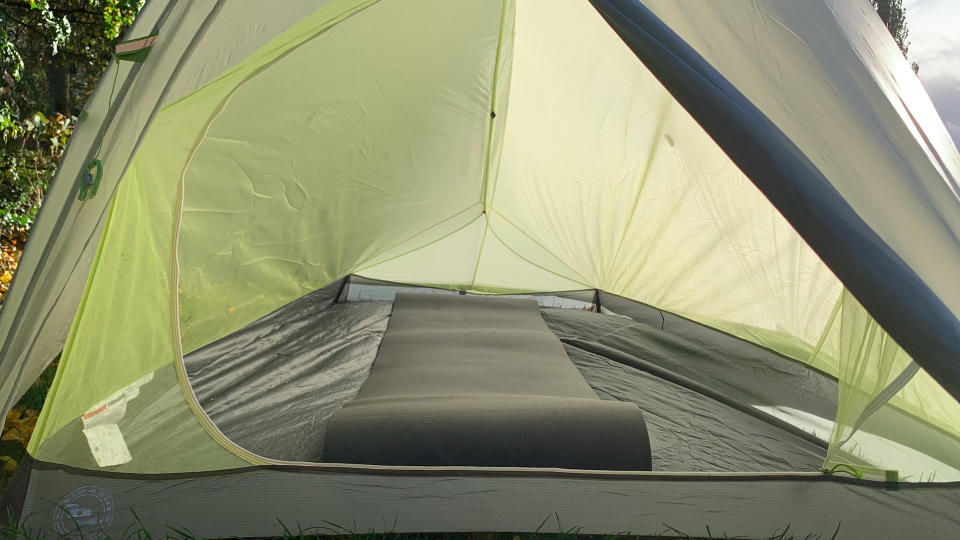
Nylon is another super-popular fabric used in tons of different tents, ranging from the Big Agnes Fly Creek UL through to the Robens Chaser 1. Lightweight and easy to pack, the material is commonly impregnated with silicone on both sides to create siliconized nylon (or silnylon for short), which makes the material fully waterproof and more durable – ideal for a range of different tent and tarp styles.
Advantages of nylon
The primary advantage of nylon (or silnylon) tents is that they are lighter and more packable on average than their polyester counterparts. Silnylon is also remarkably durable for its weight, being tougher to puncture and tear than polyester.
Drawbacks of nylon
Nylon does come with a series of disadvantages, however, the first of which is the necessity to seam seal many of these tents yourself.
Because the silicon coating added to nylon (to create waterproof silnylon) doesn’t always allow for taped seams, you need to cover all of the stitching points with silicon seam sealant, as is the case with tents like the Nortent Vern 1. And even though this process is super simple, it means that many silnylon tents aren’t usable right out of the box.
What’s more, nylon (even after it’s been impregnated with silicone) still absorbs more water on average than your standard polyester flysheet. This results in the fly sheet stretching somewhat, with the tent being visibly saggier the morning after a downpour than it was when you put it up.
But don’t worry; despite this, nylon tents are still 100% waterproof, they can just be a bit heavier when you pack them away than before they were unpacked.
Dyneema Composite Fabric
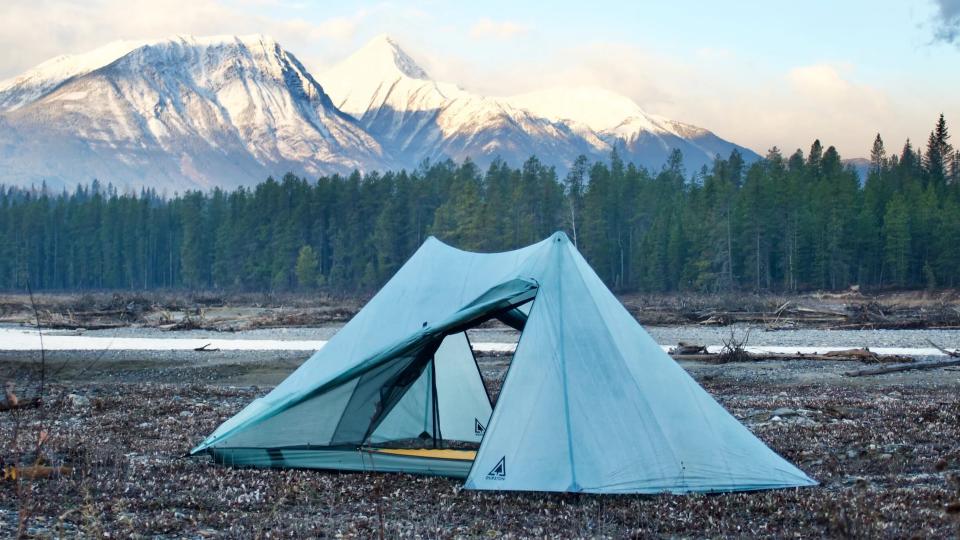
Dyneema Composite Fabric (also known as DCF or Cuben Fiber) is the new kid on the block when it comes to tent fabrics. The lightest yet most durable of the bunch, it’s used on tents like the Zpacks Plex Solo, the world’s lightest backpacking tent, or the Terra Nova Laser Pulse Ultra, the world’s lightest tunnel tent. Originally designed to be used on lightweight sailing vessels, it became one of the biggest revelations in the backpacking space in the early 2000s when brands started producing fly sheets out of the stuff – and the hype hasn’t died down since.
Advantages of DCF
When it comes to DCF, the clear advantage is its weight: it’s substantially lighter than any other material out there, and allows for a shelter that weighs on average 40% less than those made from competing materials.
What’s more, owing to it being a laminate, DCF is also the most reliably waterproof tent material in the world, coming with a hydrostatic head rating of around 10,000mm. Thanks to this, no water is absorbed even on the wettest backpacking trips, meaning the material never sags, stretches or swells out of shape – and it weighs the same the morning after, even when the rain doesn’t let up all night.
Drawbacks of DCF
Because of the rigidity of the material, DCF is a little more fragile than equivalent silnylon, polyester or polycotton shelters. Despite coming with a higher tear strength, the laminate itself is easily damaged, and even packing a DCF tent away inappropriately can result in microscopic tears in the material. This means that you need to be more cautious about where you pitch this tent, and you need to understand that it won’t last a lifetime like a polyester, polycotton or well-treated silnylon tent might.
What’s more, despite being substantially lighter, the packed size of DCF is a little larger than silnylon. This means that even though your tent will weigh less, it will take up more space on average than the same shelter made out of nylon.
Additionally – and perhaps most importantly – there’s also the cost associated to DCF tents, which can run into the thousands for the lightest and most technical models (such as with the aforementioned Terra Nova Laser Pulse Ultra). Compare the popular X-Mid from Durston, for example: the polyester version costs a reasonable £193 when bought through Durston. The X-Mid Pro, on the other hand, a version that swaps out the polyester fly for one made from DCF, costs £453, which is 2.3 times the price of the original (but around 375g lighter).
Polycotton
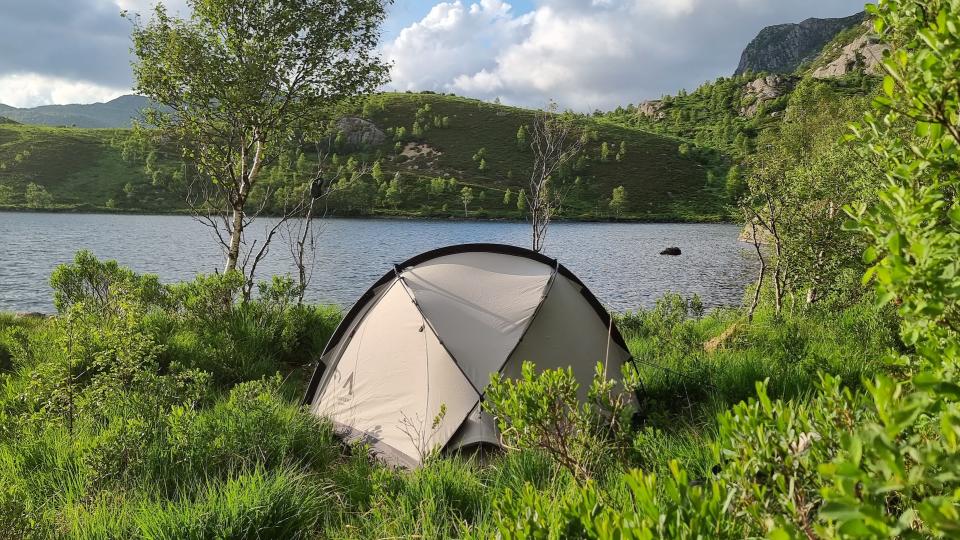
The last popular tent fabric in our list is polycotton. This is a fabric that’s been around for years, and one which was the fabric of choice before the likes of DCF or silnylon showed just how light you could get your pack weight down to. Recently, however, it’s durability and breathability have resulted in a comeback of sorts, with tents like the Nortent Vern 1 PC showing that this old material can still feel like the latest innovation if used right.
Advantages or polycotton
Polycotton offers numerous advantages over the likes of polyester, DCF or nylon, especially in regards to how ‘liveable’ the interior of polycotton tents tend to be. As the material is substantially more breathable than the other options, condensation is kept to a minimum and an inner tent is – for the most part – not needed. What’s more, thanks to the thickness of the material, polycotton flysheets don’t shake about in the wind, resulting in a much quieter and calmer place to spend the night.
Drawbacks of polycotton
On the other hand, for the same reason polycotton tents are quieter and more liveable, they’re also substantially heavier and larger. The thickness of the material means it’s impossible to make these lightweight, with the aforementioned Vern 1 PC weighing 3.5 kgs versus the original (silnylon) Vern 1’s 1.5 kg pack weight.
What’s more, the material itself is known to absorb a certain amount of water, much like silnylon flysheets. And while this doesn’t result in the same sagging effect seen with that material, polycotton tents will weigh more when you pack them away while wet. Additionally, owing to the thickness of the material, it also takes a lot longer to air out a polycotton tent.
So, which should you go for?
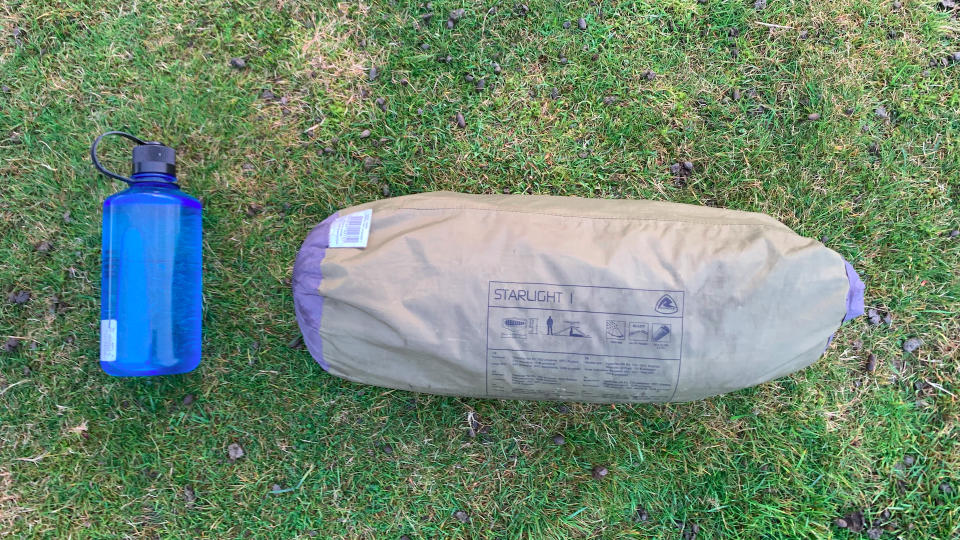
The reality of deciding which type of fabric to shop for will depend largely on your individual budget and the type of trips you have planned. If you’re looking for the lightest possible tent out there, then you’re going to have to for a DCF shelter. If you’re not willing to compromise on comfort and are not planning on trekking miles, you may want to check out polycotton shelters. For maximum bang for your buck, however, you can’t go wrong with either a polyester or nylon fly – so take a look at what options suit your requirements, shop around and see which tent offers the best specs for your plans.

